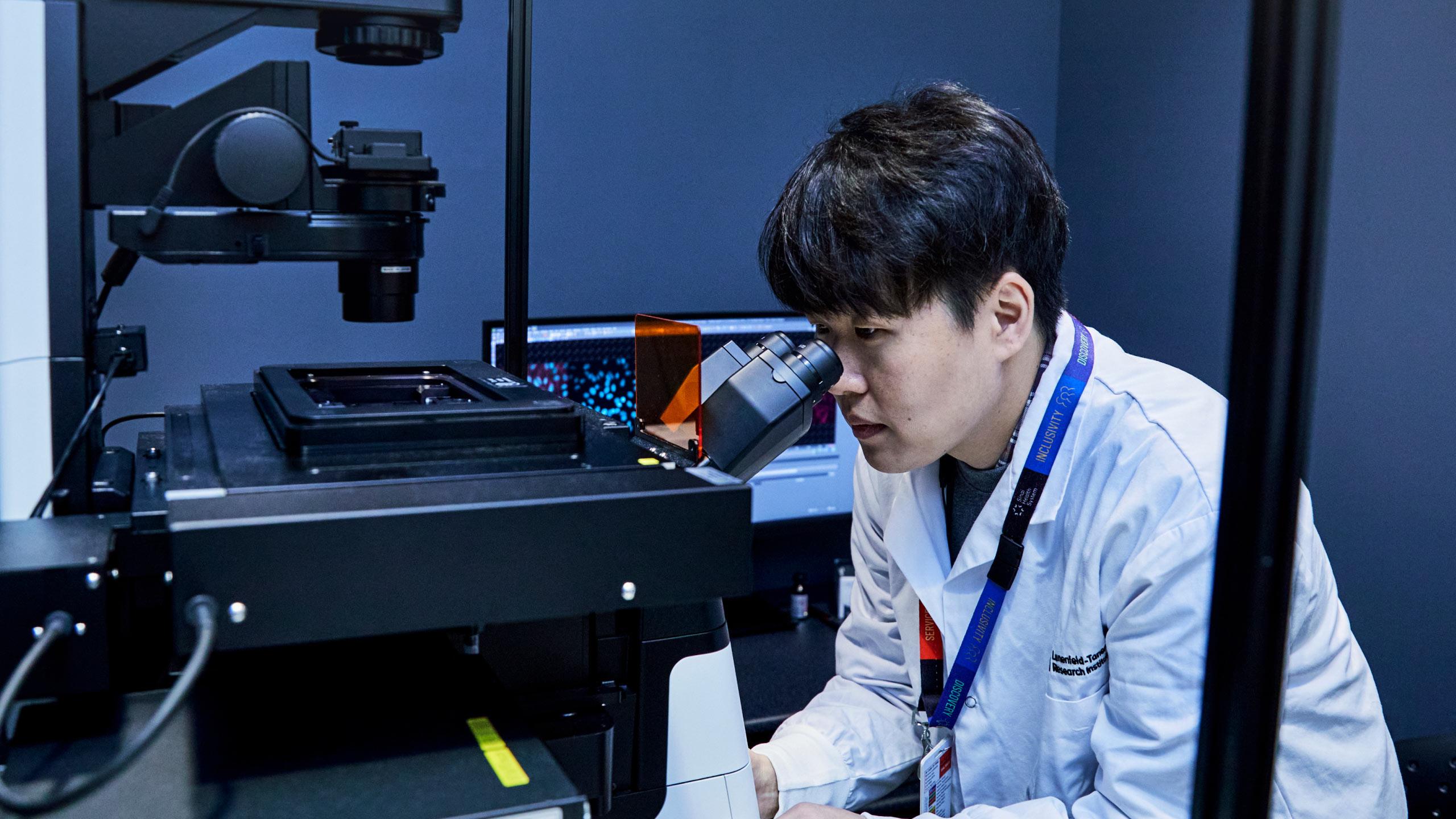Cardiology Diagnostic Tests
We test, diagnose, monitor and treat patients with heart disease.
What we do
Cardiologists use a variety of tests to diagnose and monitor heart conditions and disease.
Electrocardiogram (ECG)
This is a non-invasive, painless test that records the electrical activity of the heart and helps to detect irregular heart rhythms.
During the test, electrodes attached by wires to an ECG machine are placed on your chest, arms and legs, and record your heart activity.
ECGs help diagnose and monitor conditions such as:
- Arrhythmias, like bradycardia (slow heart rate) or tachycardia (fast heart rate)
- Congenital heart defects
- Coronary artery disease
An ECG is also used to determine if heart medications are working well. It is also used to check pacemakers.
Exercise stress test (EST): An exercise stress test (EST), also called a graded exercise stress test (GXT), records the electrical activity of your heart while you exercise. This helps your physician know how your heart responds when it is working harder, and what level of exercise is safe for you.
During the test, you will walk on a treadmill with electrodes attached to your chest. The technician will slowly increase the treadmill’s speed. They will do this until your heart is beating at its highest safe rate.
ESTs help diagnose and monitor conditions such as:
- Coronary artery disease
- Arrhythmias, like bradycardia (slow heart rate) or tachycardia (fast heart rate)
Please wear comfortable clothes and exercise shoes for the test.
Holter monitor
A Holter monitor is a portable ECG device you wear. It continuously records your heart’s electrical activity over a period of hours or days. You can wear it while you go about your daily activities.
A Holter monitor gives your physician more information than a regular ECG if you have symptoms that come and go.
While wearing a Holter monitor, you will be asked to keep track of any heart symptoms you experience, and take note of the exact time they occur.
Please follow all instructions given regarding bathing and exercise.
Echocardiogram (Echo)
An echocardiogram is an ultrasound of the heart that allows your physician to see the structure of your heart and how it is working.
There are several types of echocardiograms including the following:
Transthoracic echocardiogram (TTE)
A transthoracic echocardiogram (TTE) is the most common type of echocardiogram. A TTE is often used to get a closer look at your heart if your electrocardiogram (ECG) showed anything unusual.
During the test, a technologist uses ultrasound technology to get images of your heart.
In certain cases, we may use more techniques, including:
- Contrast echo: A special dye is injected through an IV line into your vein to improve imaging during the TTE.
- Bubble test: Before the test the health-care provider injects a shaken saline solution through an IV line into your vein. This gives your physician more information about blood flow through your heart.
A TTE can help diagnose issues such as:
- Cardiomyopathy (disease of the heart muscle)
- Damage to the heart muscle
- Coronary heart disease
- Heart tumours
- Pericarditis
- Heart failure
Exercise stress echocardiogram (SE)
An exercise stress echocardiogram is an ultrasound of the heart done before and after exercise. It produces moving images that show how well your heart functions under stress.
Dobutamine stress echo
This test is used for people who are unable to exercise on a treadmill or stationary bike to do the traditional stress test. In this test, a medication called dobutamine is given intravenously to induce a state of “stress” in the heart, similar to the effects of exercise.
An exercise stress echocardiogram can help diagnose coronary artery disease. It is also used to assess the safety of exercise for people going into a cardiac rehabilitation program and to evaluate heart function before surgery.
Transesophageal echocardiogram (TEE)
A transesophageal echocardiogram (TEE) is an ultrasound of the heart performed from inside the body. During a TEE an ultrasound transducer is attached to a tube and inserted through your throat into the esophagus.
Because the esophagus is close to the heart, a TEE takes highly accurate and detailed imaging, especially when a transthoracic echocardiogram does not give enough details.
A TEE is used to help diagnose conditions such as:
- Blood clots
- Endocarditis
- Congenital heart disease
- Cardiomyopathy
- Aneurysms
- Valve disease
It’s important to arrange for a ride after the procedure, as you will not be able to drive.
Following the TEE, we recommend you rest for the first 24 hours. After this, you should be able to resume your regular activities. We will provide you with full post-procedure instructions before discharge.
ECG and Echo registration
600 University Avenue
16th floor
See maps, directions and parking for Mount Sinai Hospital.
Echocardiography (Echo)
Phone: 416-586-4800 ext. 4493
Fax: 416-586-4737
Hours:
Monday to Friday
8:30 a.m. to 4:30 p.m.
Electrocardiogram (ECG)
Phone: 416-586-4800 ext. 4478
Fax: 416-586-3155
Hours:
Monday to Friday
8 a.m. to 5 p.m.








